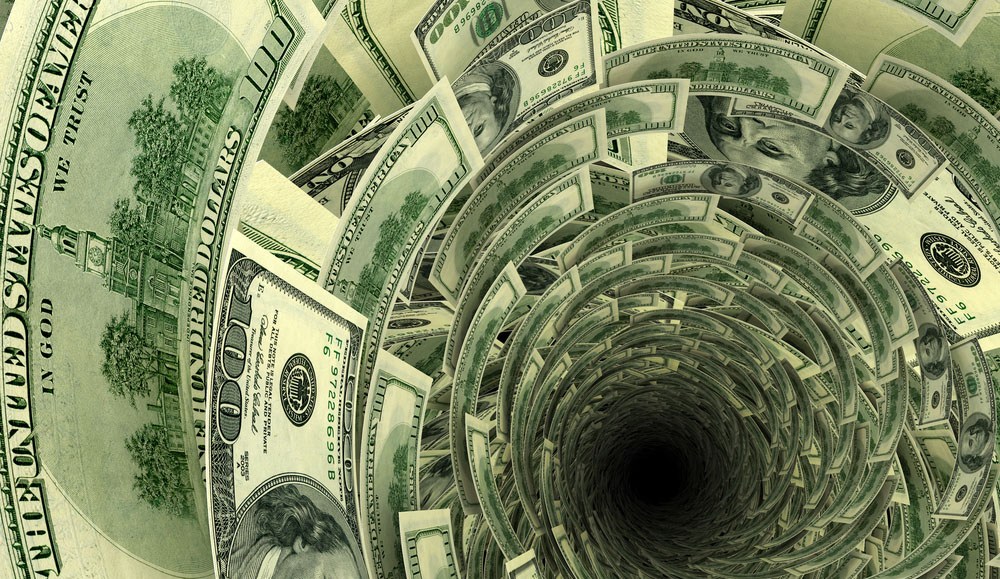
Bryan Maleszyk is director of strategy at Isobar. You can follow him on Twitter here.
I’m always in awe when marketers complain about reduced organic distribution on Facebook. Brands have been playing for free in Facebook’s backyard for over five years, yet they’re surprised when a network that reaches 1.2 billion people starts charging for admission.
Here’s why you should pay for Facebook advertising and not be that angry about it.
Many brands (and the agencies that represent them) have accumulated a graveyard of “fans” by dubious means over the years, from buying likes from gray market sources to “like-gating” promotional campaigns. Those fans are still counted, regardless of their true value to the brand.
Furthermore, in a desire to “test-and-learn” by posting content on their Facebook page once or more a day, brands have focused on producing high volumes of content rather than considering the quality and value of that content to their target audience.
As a result, “fan” engagement with brand content hovers around 1 percent or less.
That invites the question: What is “engagement” on Facebook? Likes on posts are a very lightweight interaction, but it is often equated to a more heavyweight form of engagement, like giving up an email address.
It is Facebook’s responsibility to maintain the best user experience possible for its 1.2 billion users, so as to avoid the MySpace curse of over-advertising. If brand content continues to overwhelm the news feed with such limited engagement, the currently small trickle of user abandonment will likely turn into a torrent. And without them, Facebook offers no value.
The core issue is that many marketers see Facebook’s value as the connection between a brand and its fans, when the real value to brands is the connection between small groups of individuals who know each other well. Nielsen has reported that ad recall increases 55 percent when people see social context in a Facebook ad (e.g., “Bob Jones likes Adidas”), and reams of research have proved that the most trusted recommendations come from people you know.
Looked at this way, fan acquisition isn’t about increasing organic reach of page content. It’s a way to make paid advertising more effective by delivering more ads with social context (Facebook now automatically adds this context to any ad run by a brand).
As of now, Facebook still accounts for one out of every six minutes spent on the Web. The network’s ability to target based on interest is incredibly powerful. It’s clearly a valuable place to be for marketers, but only if marketers understand its value to their brand. So in this new reality, brands and agencies should keep these things in mind:
The value most brands get from their Facebook page has always been limited. Most people don’t visit brand pages on Facebook. It’s unlikely a Facebook user remembers that they have liked a brand. But when you present them with the right compelling content that they want to share, fan or not, that’s when Facebook is valuable.
Measure your earned media reach and impressions to see what you’re getting for free. If you pay for $5 million for paid media in Facebook and you reach 5 percent more people when that content is shared, you just got $250,000 (or more) in free media spend. Not only that, that free media was delivered by the most trustworthy source available – another person. Facebook: you’re welcome.
Start investing in engagement after the like. People tend to think of Facebook as a walled garden, but with the tools provided by Facebook’s APIs, you can engage your fans on your own digital platforms in ways that matter much more than is possible in the news feed.
Furthermore, take advantage of the larger social ecosystem out there. Brands, for example, that rely on e-commerce ought to consider Pinterest’s Product Pins. If you run a lot of TV ads, you should think about how Twitter can increase impressions of those ads (and how YouTube might be an alternative to TV in the first place).
Just like Facebook, however, these networks provide a service to people for free. But just because advertisers are footing the bill, doesn’t mean they have the keys to the kingdom. All of these platforms need to strike a balance between what’s useful for people and what’s valuable for brands. So show them the money, and they might just show you results.
More in Marketing

Zero-click search is changing how small brands show up online — and spend
To appease the AI powers that be, brands are prioritizing things like blogs, brand content and landing pages.

More creators, less money: Creator economy expansion leaves mid-tier creators behind
As brands get pickier and budgets tighten, mid-tier creators are finding fewer deals in the booming influencer economy.

‘Still not a top tier ad platform’: Advertisers on Linda Yaccarino’s departure as CEO of X
Linda Yaccarino — the CEO who was never really in charge.





